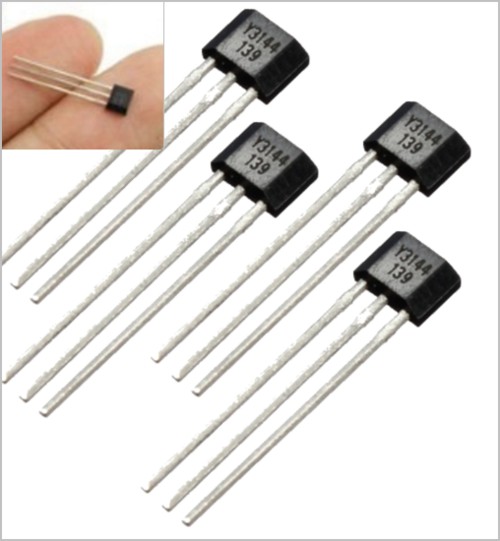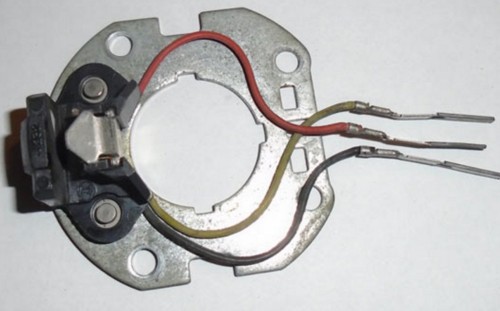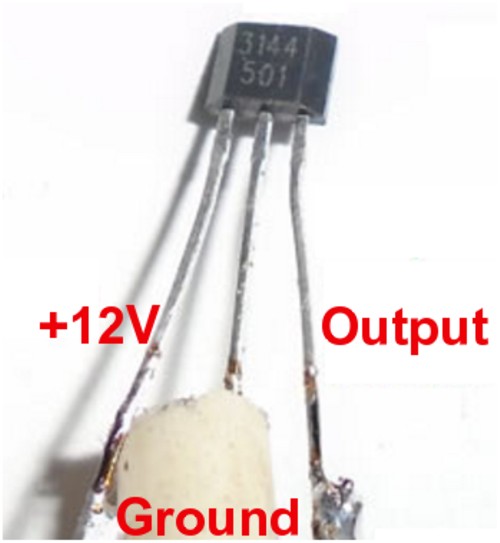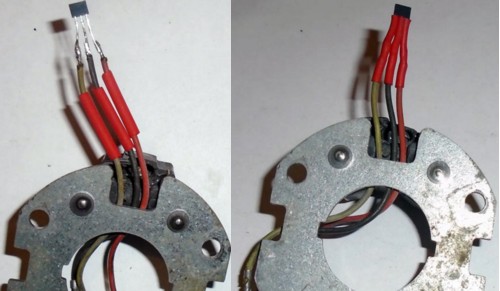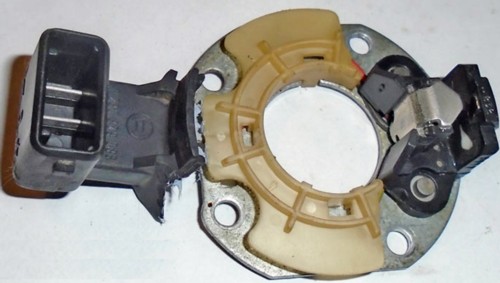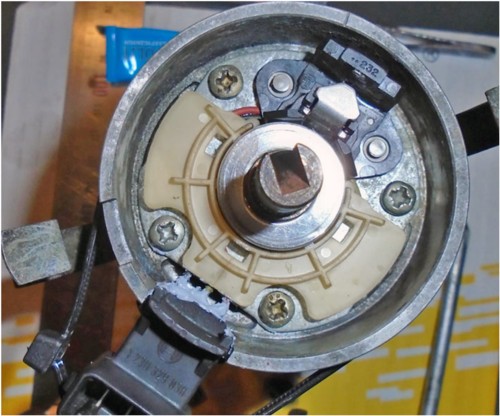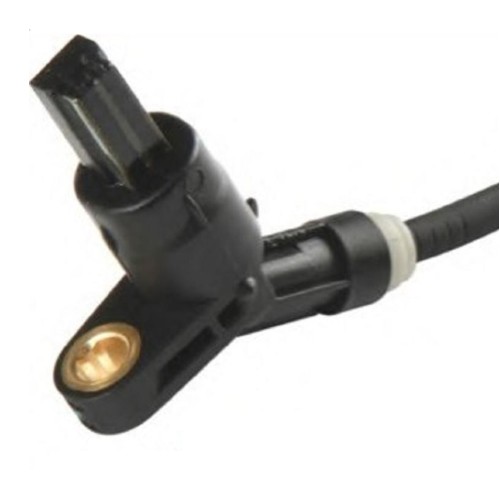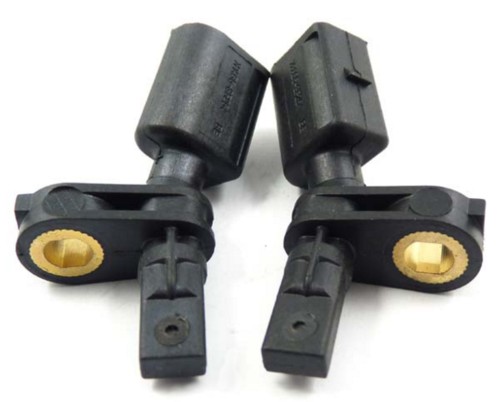What is Limp Mode
Limp mode is a safety feature specifically designed into the OBDII system to protect the engine and or transmission from damage. In the event of a engine malfunction or in response to the "warning" lights, the driver would be provided with advanced warning giving him or her sufficient time to get the car off the road.
This safety feature is triggered when an abnormality is detected with the logic circuitry by the vehicle's computer, viz Engine Control Unit (ECU) aka Electronic Cobtrol Module (ECM) or even the Transmission Control Module (TCM). Theoretically these modules receive constant signals from the MAF, MAP, TPS, vehicle speed sensor, cam position sensors, engine sensor and so many other sensors. As long as these signals that stay within the “normal” range of predetermined signal levels, all's well. Since operating conditions do change as the vehicle is driven, these signals will somewhat change and may occasionally exceed or drop below the pre-programmed level.
This event alerts the ECU/ECM to the glitch and gets stored as information. This glitch condition is them monitored by the ECU/ECM for the next few driving cycles. A driving cycle is any distance traveled between the start of the engine and swtching the engine off. It this glitch occurs a few more times during sucessive driving cycles it is registered as an error code in the ECU/ECM's non volitile memory. However if the glitch doesn't reoccure during sucessive driving cycles, that glitch is deleted.
Sometimes the yellow check engine would turn on, though the car drives and performs perfectly normal. After a few cycles the yellow check engine light then turns off as if the event never occurred. Sometimes the glitch like a misfire occurs and could be severe enough the trigger Limp Home Mode. Limp home mode is an operating condition that is triggered by the vehicle ECU. In the case of an automatic vehicle, limp mode will limit the transmission to 2nd gear and limiting the speed to 15 to 20kms p/hour. This may cause the engine to have a higher rev than you may be accustomed to hearing. This will also cause the vehicle to be sluggish on pill away since it is limited to 2nd gear and will not change.
Once the problem / error code is diagnosed and the appropriate sensor that's causing the problem is seen to or replaced, everything should be back to normal.
